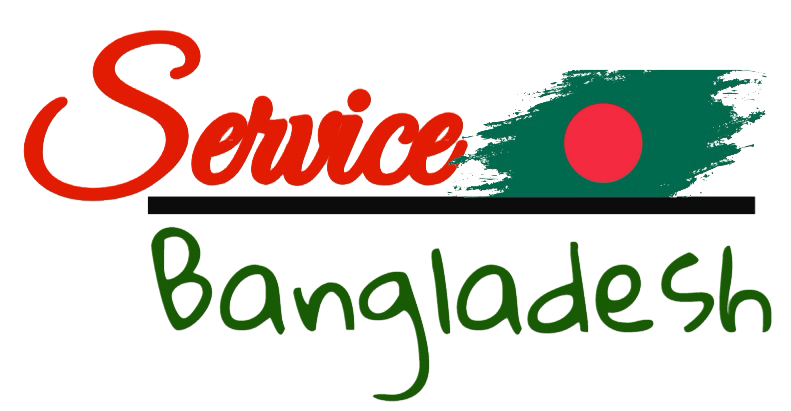
Indexing is a critical step for academic journals seeking wider visibility, credibility, and scholarly impact. Knowing where, when, and how to get indexed can make all the difference. To begin with, journals should target reputable indexing databases like Web of Science, Scopus, DOAJ, and subject-specific indexes such as PubMed Central or ERIC, depending on the journal’s focus. These platforms enhance discoverability and are often used as benchmarks for academic quality. Timing is equally important—most indexing services require that a journal maintain a consistent publication history, typically for at least two years, and demonstrate adherence to peer review and ethical publishing standards. Applying too soon may result in rejection, so it’s best to ensure the journal has a stable editorial board, clear policies, and an established publishing schedule. The process of getting indexed involves preparing a professional journal website with complete metadata, assigning DOIs, ensuring proper licensing (such as Creative Commons for open access content), and submitting a detailed application to the index. Continuous improvement and compliance with international publishing standards are key, as journals may be periodically reassessed. Ultimately, strategic indexing not only validates a journal’s scholarly value but also helps it reach the right academic audience.
